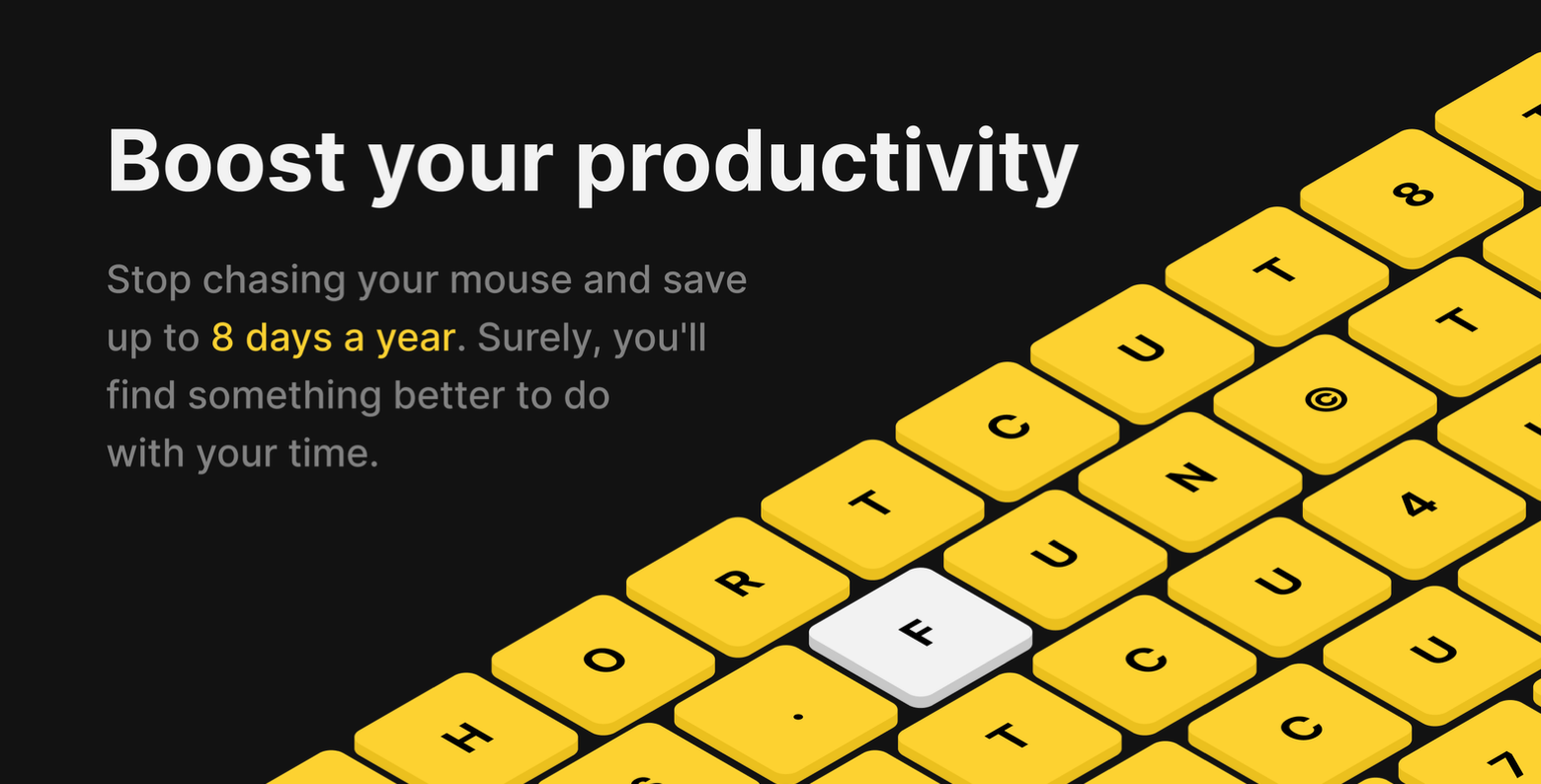
In this paper we introduce Keyboard Surface Interaction (KSI), an interaction approach that turns the surface of a keyboard into an interaction surface and allows users to rest their hands on the keyboard at all times to minimize fatigue. However, previous implementations of this kind of device have a higher movement time compared to the mouse and trackpad due to large error rate, low speed and spatial resolution. Pointing devices that reside on the keyboard can reduce the overall time needed to perform mixed pointing and typing tasks, since the hand of the user does not have to reach for the pointing device. Finally, we discuss the interaction design space and interaction techniques enabled by VersaTouch.
#Mouseless computer series
We conducted a series of studies and demonstrated that VersaTouch was able to track finger touch using various layouts with average error from 9.62mm to 14.25mm on different surfaces within a circular area of 400mm diameter centred around the sensors, as well as detect touch force. Last, VersaTouch is capable of providing vibrotactile feedback to fingertips through the same actuators used for touch sensing. Third, VersaTouch can sense multi-finger touch, touch force, as well as identify the touch source. Second, various modalities of touch input, such as distance and position, can be supported depending on the number of sensors used to suit the interaction scenario. First, with simple cali- bration, VersaTouch can be arranged in arbitrary layouts in order to fit into crowded surfaces while retaining its accuracy. Our system is versatile in multiple aspects. We present VersaTouch, a portable, plug-and-play system that uses active acoustic sensing to track fine-grained touch locations as well as touch force of multiple fingers on everyday surfaces without having to permanently instrument them or do extensive calibration. We demonstrate the potential of ActualTouch in a range of scenarios, such as interaction for augmented reality applications, and leveraging daily surfaces and objects for ad-hoc interactions. ActualTouch can be combined with other interaction techniques, such as in a uni-stroke gesture recogniser on arbitrary surfaces, where touch status from ActualTouch is used to delimit the motion gesture data that feed into the recogniser.

This model, trained on a rigid tabletop surface, was found to retain an average accuracy of 96% for 7 other types of everyday surfaces with varying rigidity, and in walking and sitting scenarios where no touch occurred. no-touch), with an accuracy above 95%, generalised across users. Studies show that a single nail-mounted IMU on the index finger provides sufficient data to train a binary touch status classifier (i.e., touch vs. With an inertial measurement unit (IMU) capturing such motion characteristics, we demonstrate the feasibility to detect contact between the finger and static objects. When a finger moves along a surface, the friction between them produces vibrations, which can not be produced with a free-moving finger in the air. The user study evaluation demonstrates the social acceptability of the designed hand/foot gestures and the usability of the applications on proposed wearable hybrid framework with touch-less interaction approach.Ī finger held in the air exhibits microvibrations, which are reduced when it touches a static object. Four proof-of-concept application prototypes are developed based on the wearable hybrid framework. The touch-less algorithm provides a core support for hand/foot-gesture interaction by accurately detecting and tracking the hand/foot gesture. The users interact with the application using hand/foot gesture motion behind the camera, which trigger the interaction event and generate activity sequences for interactive buffers. Augmented reality image rendering technology is employed for a convenient hand/foot and phone interaction.


#Mouseless computer software
The software application renders touch-less application graphics and status information using smart phone's screen. A novel smartphone wearable hybrid interaction framework based on mixed low-cost hardware and software is proposed in this work.

There is a increasing interest in creating wearable smartphone interaction technologies.


 0 kommentar(er)
0 kommentar(er)
